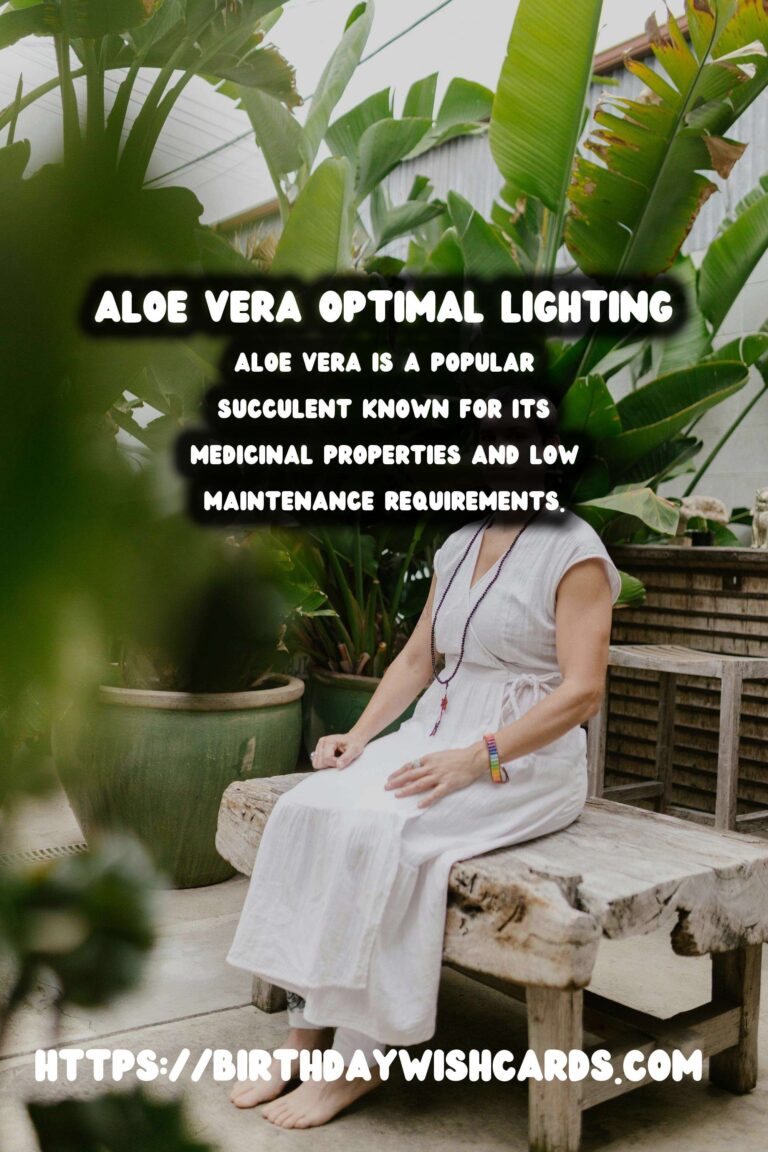
Aloe Vera is a popular succulent known for its medicinal properties and low maintenance requirements. While it is relatively easy to care for, providing the right lighting conditions is crucial for its growth and health. In this article, we will explore everything you need to know about the optimal lighting for Aloe Vera and how you can ensure your plant thrives.
Understanding Aloe Vera and Its Lighting Needs
Aloe Vera is native to arid regions and is accustomed to receiving plenty of sunlight. In its natural habitat, Aloe Vera plants enjoy bright, direct sunlight, which helps them grow strong and healthy. However, when grown indoors, it is essential to mimic these conditions as closely as possible to maintain the plant’s vitality.
Types of Lighting for Aloe Vera
There are several types of lighting you can provide for your Aloe Vera, each with its own benefits and drawbacks. Here, we discuss the most common lighting options and which is best suited for your plant.
Natural Sunlight
The best source of light for Aloe Vera is natural sunlight. If you have a sunny window, place your Aloe Vera there to ensure it receives plenty of light. Ideally, Aloe Vera should get at least six hours of sunlight per day. South or west-facing windows are typically the best choices, as they receive the most intense sunlight throughout the day.
Artificial Lighting
If natural sunlight is not available, or if your home does not have enough light, artificial lighting can be a suitable alternative. LED grow lights are an excellent choice for Aloe Vera, as they provide the full spectrum of light that plants need to photosynthesize and grow. Position your grow lights about 6-12 inches above the plant, and use them for 12-16 hours a day to compensate for the lack of natural sunlight.
Signs of Insufficient Lighting
It is crucial to monitor your Aloe Vera for signs of insufficient lighting, as inadequate light can lead to several issues. Here are some common signs that your Aloe Vera may not be receiving enough light:
- Pale or yellowing leaves: Aloe Vera leaves should be a vibrant green color. If they start to turn pale or yellow, it may be a sign of insufficient light.
- Leggy growth: Aloe Vera plants that stretch or grow tall and spindly are usually trying to reach for more light.
- Slow growth: A healthy Aloe Vera plant should produce new leaves regularly. If your plant’s growth has stalled, it could be due to a lack of light.
Adjusting Lighting Conditions
If you notice any of the above signs, it is important to adjust the lighting conditions for your Aloe Vera. Here are some tips to help you provide the optimal lighting for your plant:
- Move your plant to a sunnier location: If possible, relocate your Aloe Vera to a spot where it can receive more natural sunlight.
- Use grow lights: If natural light is limited, invest in quality LED grow lights to supplement the light your plant receives.
- Rotate your plant: To ensure even growth, rotate your Aloe Vera every few weeks so all sides receive adequate light exposure.
Conclusion
Ensuring that your Aloe Vera receives optimal lighting is key to maintaining its health and promoting growth. By understanding its natural lighting needs and providing adequate light through sunlight or artificial sources, you can enjoy a thriving Aloe Vera plant. Remember, a well-lit Aloe Vera is a happy Aloe Vera, and with proper care, it will reward you with its beauty and benefits for years to come.
Aloe Vera is a popular succulent known for its medicinal properties and low maintenance requirements. Providing the right lighting conditions is crucial for Aloe Vera’s growth and health. Aloe Vera should get at least six hours of sunlight per day. LED grow lights are an excellent choice for Aloe Vera when natural sunlight is not available. It is crucial to monitor Aloe Vera for signs of insufficient lighting, such as pale leaves and leggy growth. 
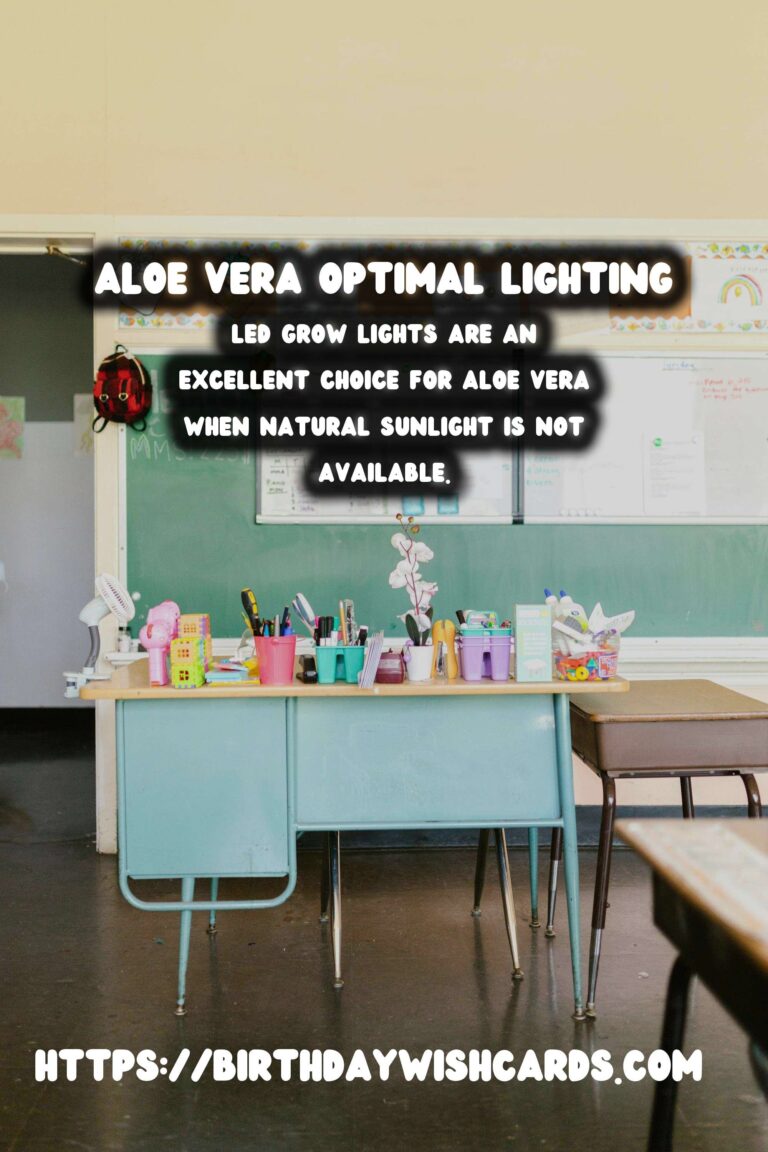
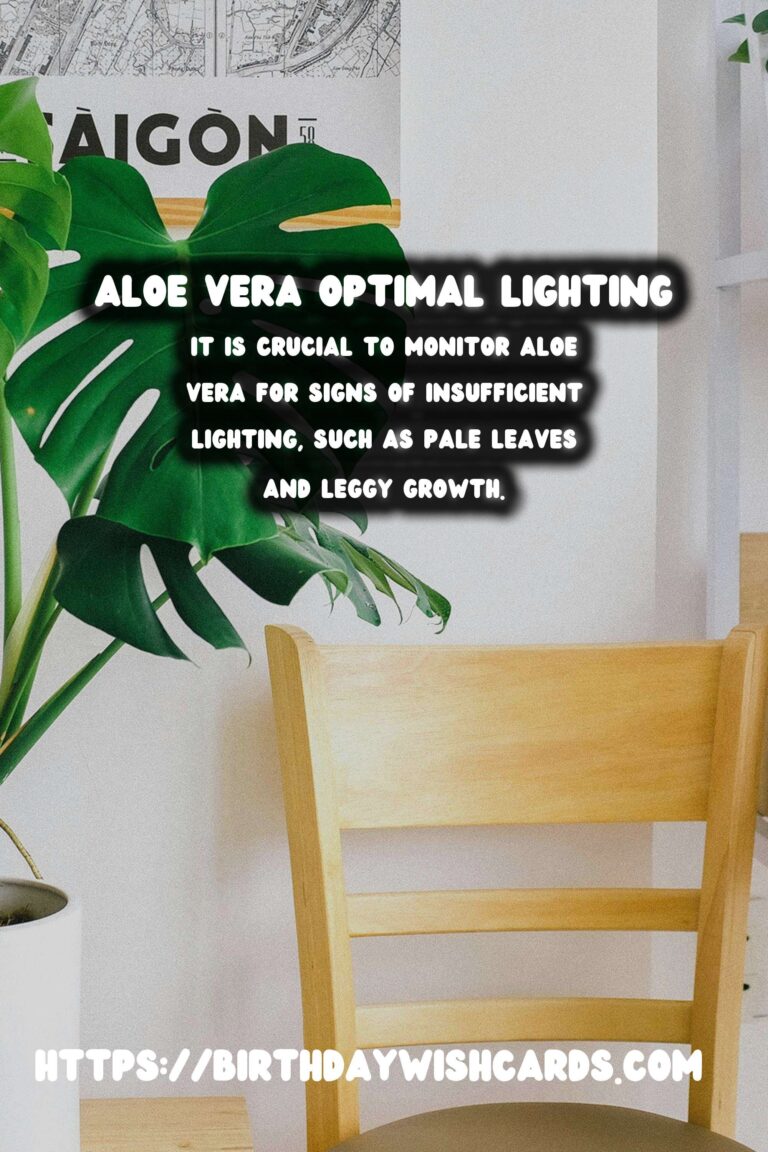
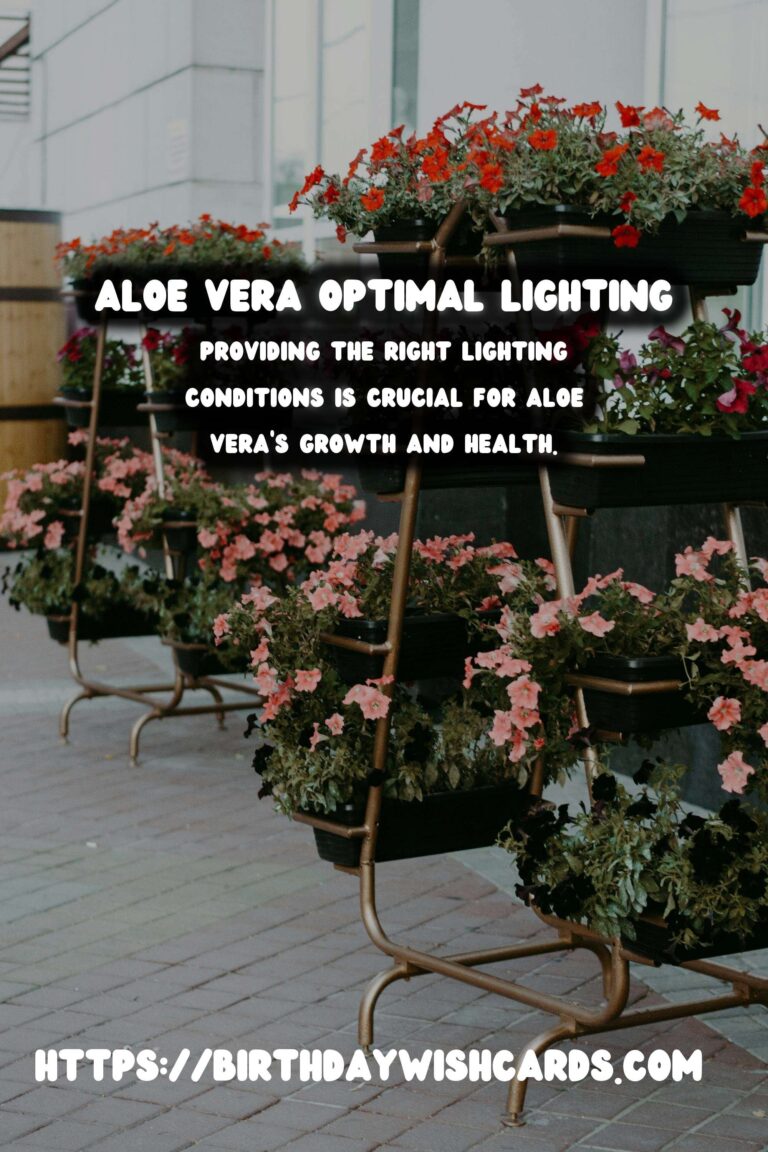
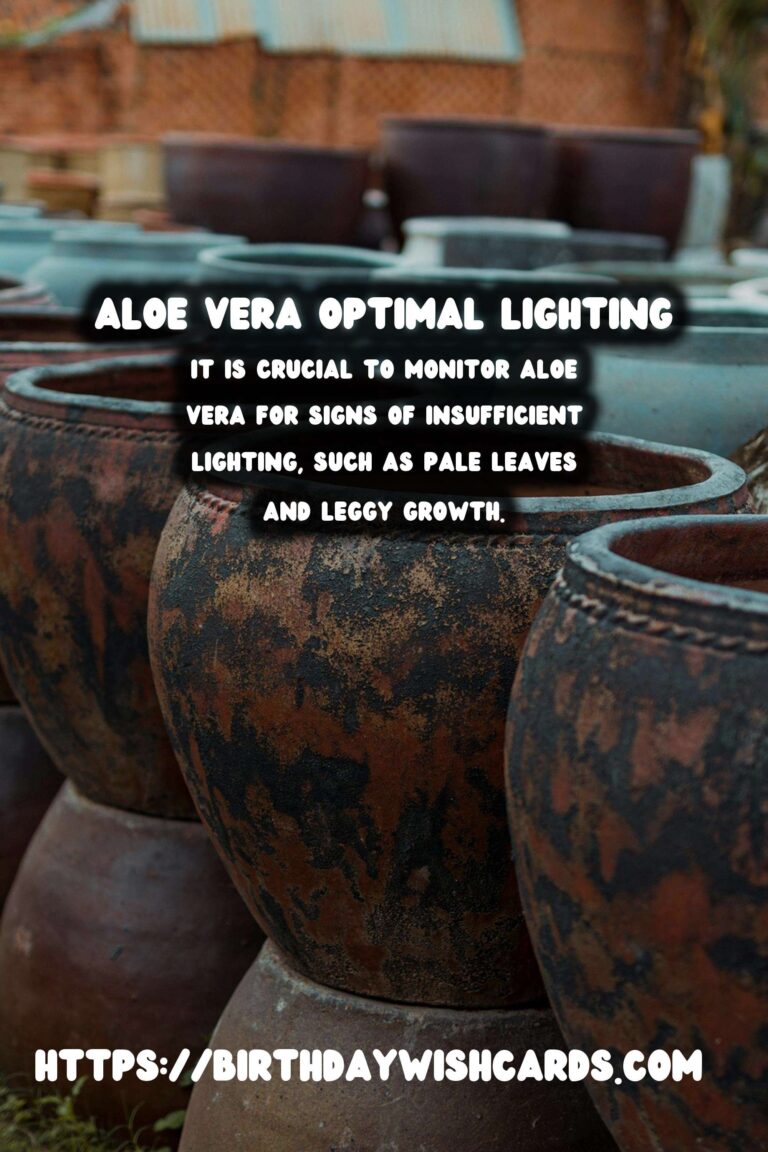
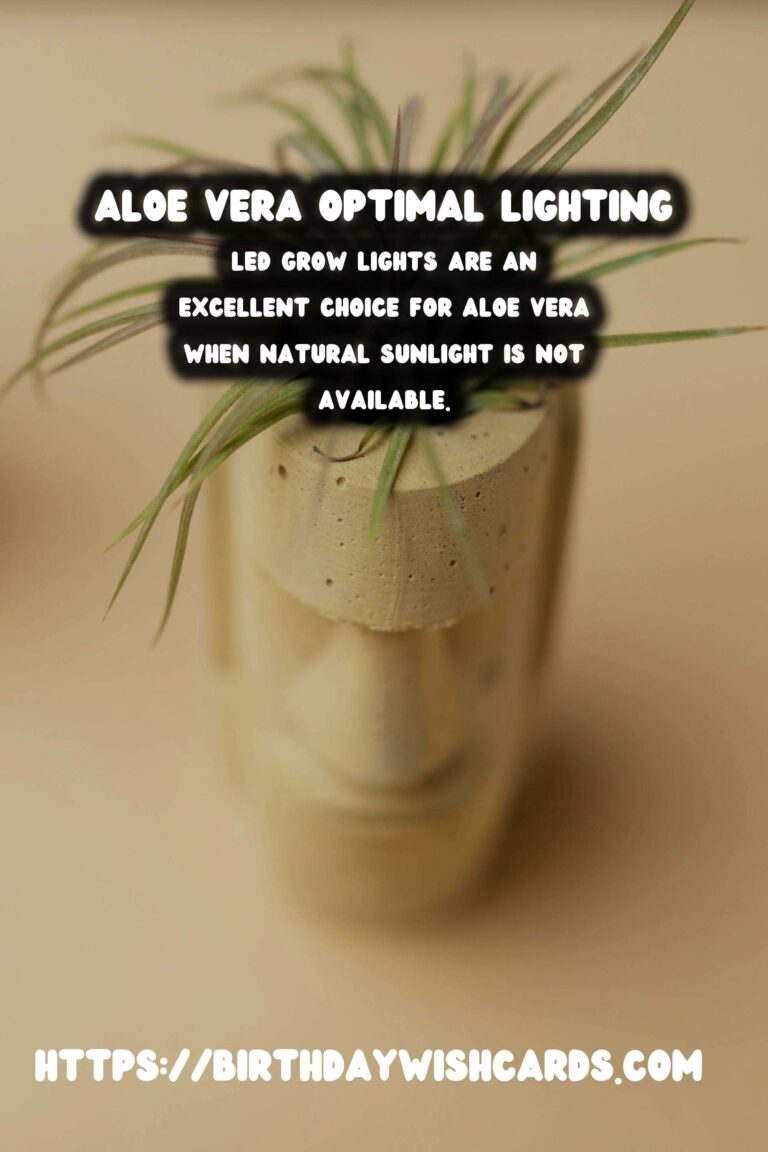
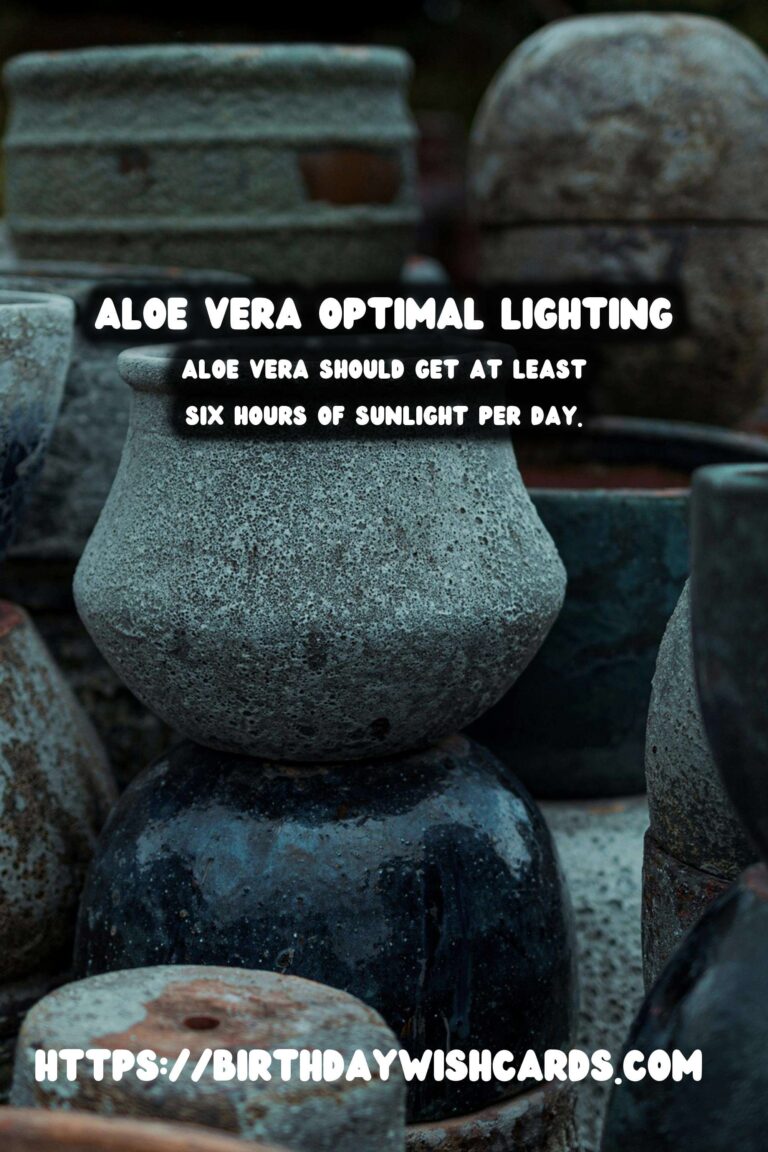
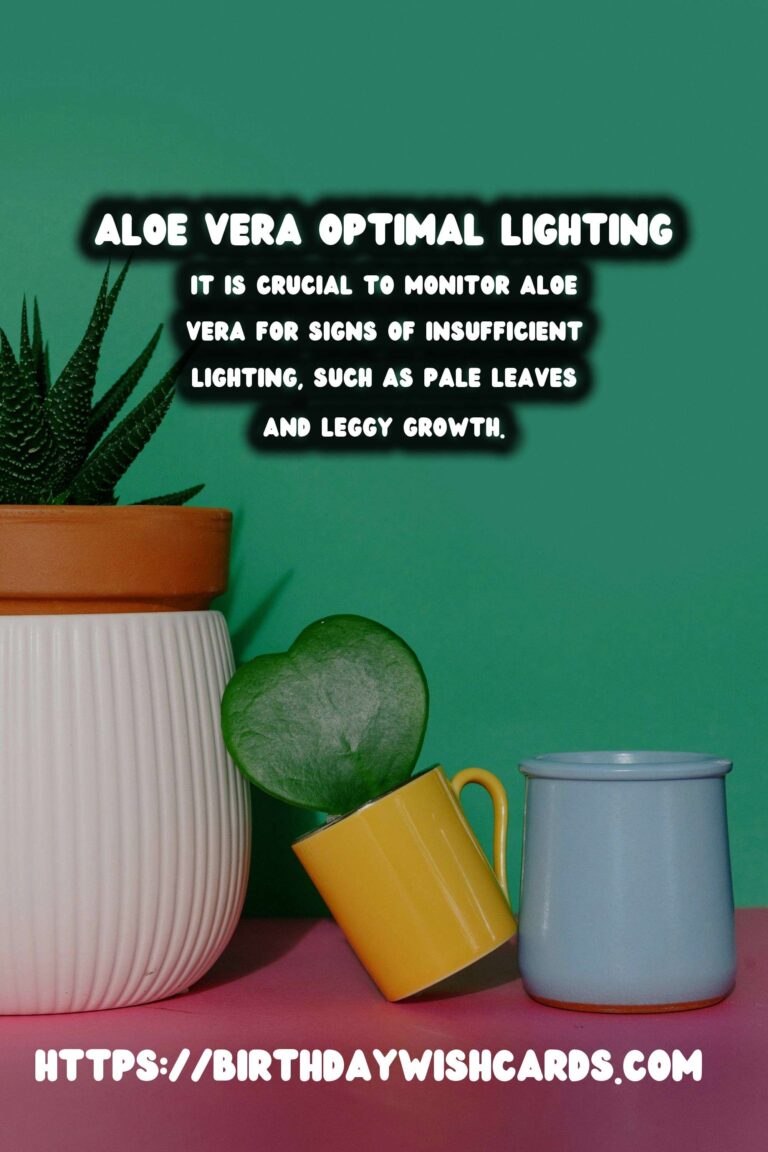
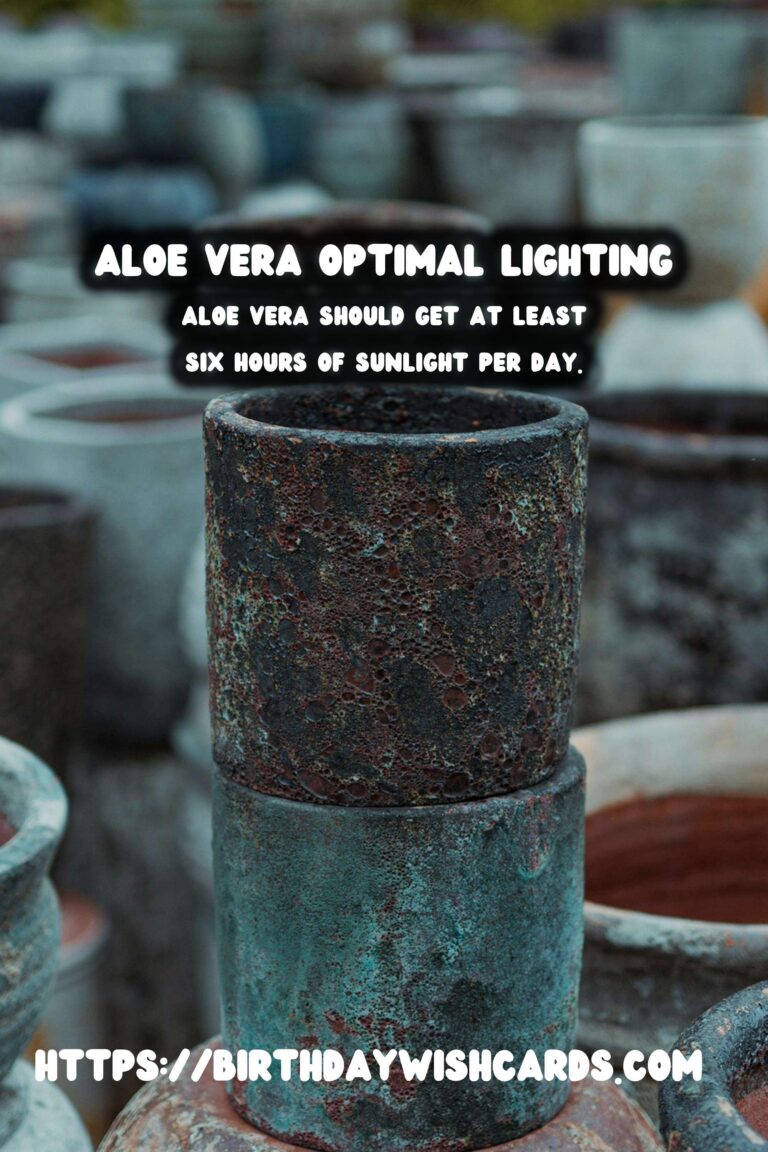

#AloeVera #PlantCare #IndoorPlants #GardeningTips #Succulents




